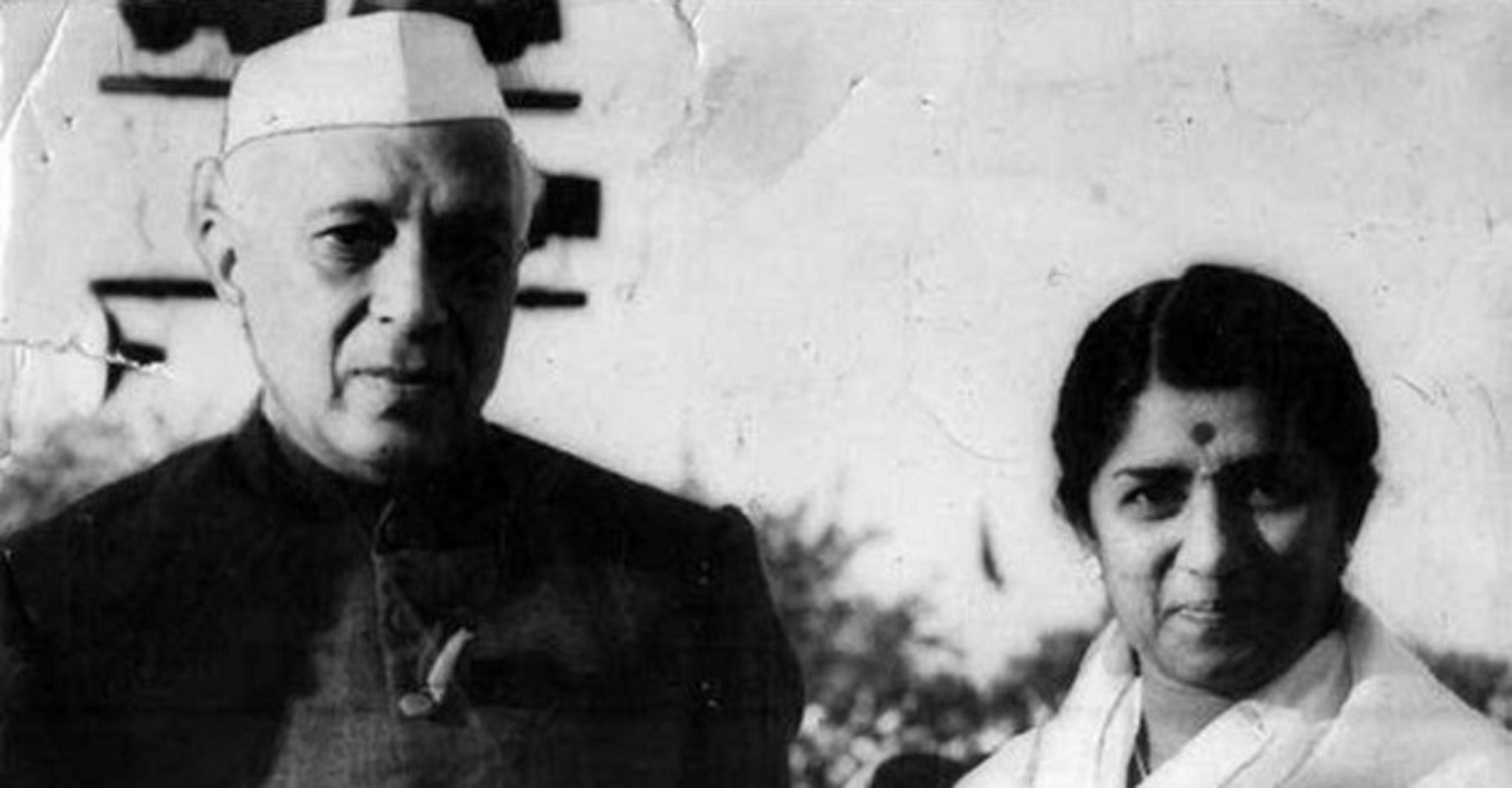On January 26, 1963, the vibrant first Republic Day celebration in New Delhi witnessed a musical moment that would forever remain etched in Indian history. When playback legend Lata Mangeshkar took the stage at the National Stadium to sing “Ae Mere Watan Ke Logon,” her voice carried not only melody but the collective grief and dignity of a young nation wounded by the Sino-Indian War that had concluded just months earlier. It is said that the rendition stirred Prime Minister Jawaharlal Nehru himself to tears—a silent, heartfelt tribute to the soldiers who had sacrificed their lives.
Written by poet Pradeep and composed by C. Ramchandra, “Ae Mere Watan Ke Logon” was penned in the immediate aftermath of the 1962 Sino–Indian conflict. Pradeep’s lyrics express poignant sorrow and patriotic pride, while Ramchandra’s stirring composition gave the words a soulful resonance. Lata Mangeshkar, deeply moved by the song’s emotion, delivered the performance with unmatched sincerity—but she didn’t anticipate its impact on Nehru.
In the VIP enclosure, Prime Minister Nehru was reportedly overcome by emotion. His vision misted over as he stood to rise in respect—not just for the lyric or melody, but for the realization of the sacrifices being honored. The moment quickly became emblematic of the song’s patriotic resonance, invoking public sentiment at an intensely emotional moment in post-war India.
For Lata Mangeshkar, the performance was transformative. She later recounted that she sang with tears in her own eyes, projecting both pain and hope. The acclaim that followed was immediate and widespread. “Ae Mere Watan Ke Logon” captured the nation’s mood, offering spiritual consolation and healing in the wake of conflict. The record proceeds were directed to war widows and veterans, underscoring the song’s humanitarian edge.
The cultural legacy of that day endures to this day. The song has been replayed at countless patriotic events, especially on Republic Day, reminding generations of the resilience and valor that shape the Indian spirit. For many, the image of Nehru wiping away tears while the nation’s prima donna sang remains powerful—a vivid testament to the unifying potency of art.
Critics and music historians have since noted that “Ae Mere Watan Ke Logon” transcended the realm of entertainment. It fused patriotic fervor with compassionate storytelling—casting a spotlight on the human cost of war while reinforcing national pride. The unique emotional economy of the song stemmed in large part from Lata Mangeshkar’s heartfelt delivery—her voice both lament and lullaby, grief and galvanizer.
More than six decades later, the song continues to stir hearts, serving as both a musical masterwork and a memorial. For its creator and singer—and for the country that heard it—“Ae Mere Watan Ke Logon” remains a defining moment in India’s cultural and emotional heritage. And in that single performance, as Nehru listened, the song became legend.

